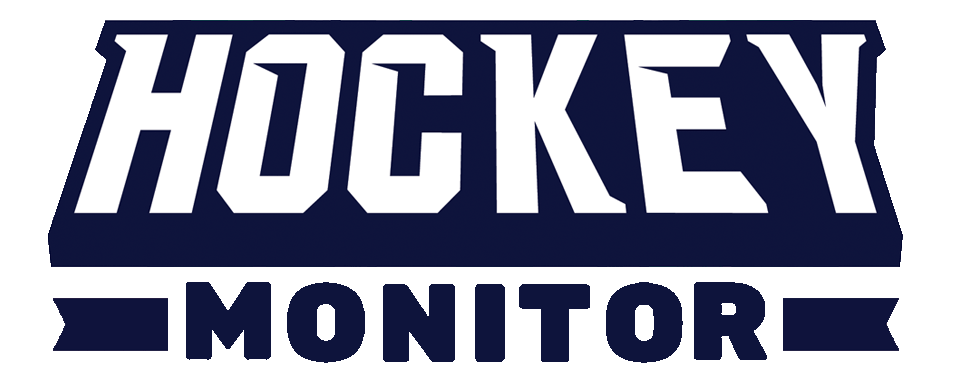
Broberg’s seven points make him second-best on the Oilers, far surpassing Evan Bouchard, who only has two points in seven games this season. Holloway’s three goals are enough to tie for the team lead in Edmonton.
St. Louis Blues might be paving the way for more offer sheets after their recent success. They took a gamble by signing Broberg with an annual average value of $4.58M after he played just 81 career games and only 12 regular-season games in 2023-24. To grab Broberg, a former eighth overall pick with lots of potential, they had to ensure Edmonton wouldn’t match their offer.
Risky Contracts and Big Rewards:
In recent years, teams have been taking chances on young players with big contracts. For example, Jack Hughes from the New Jersey Devils got an eight-year deal worth $64M after just two seasons where he averaged 0.44 points per game. Similarly, Leon Draisaitl signed an eight-year contract for $68M with Edmonton back in 2017 after his third NHL season when he scored a career-high of 77 points following a previous season tally of 51 in 72 games.
These gambles paid off massively! Hughes has racked up 238 points over 199 games since then . Draisaitl went on to win major awards like the Art Ross, Hart Trophy, and Ted Lindsay Award while becoming one of hockey’s top scorers.
Fans might think that other teams will try similar strategies soon.
With St. Louis benefiting from their bold move, it’s likely other teams will follow suit to lock down promising talent on long-term deals as well. The salary cap is expected to rise to about $92.5M next season—this could encourage more teams to risk offering contracts to RFAs like Bouchard or others such as Toronto’s Matthew Knies or Noah Dobson from the New York Islanders.
If Broberg and Holloway keep shining in St. Louis, expect more teams mimicking the Blues’ clever use of the RFA system!
What do you think about these risky moves? Are they smart or too dangerous?
